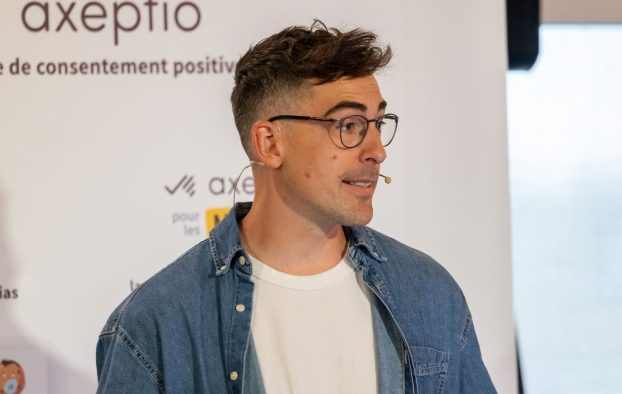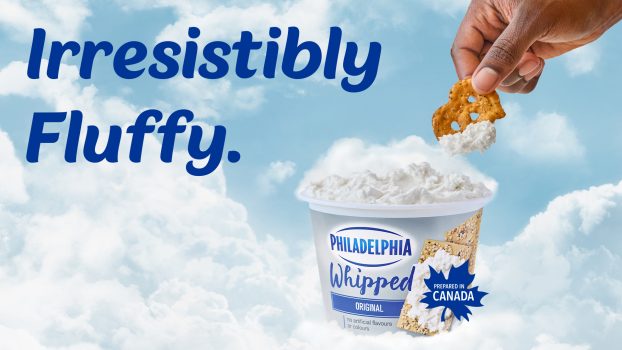By Will Novosedlik
Quick – what’s the Harvey’s slogan? Can you remember it? Do you like it? Hold that thought.
Harvey’s has been around since 1959, but it really didn’t catch fire until the ’70s, at which time, Jerry Goodis developed the slogan “Harvey’s makes your hamburger a beautiful thing.”
For Dr. Brady Hodges, PhD, assistant professor of marketing at the University of Missouri’s Trulaske College of Business, when it comes to slogans, the question is “Do you remember it?” OR “Do you like it?” Because, according to him, you can’t have both at the same time.
Hodges has always been fascinated by language. While working in China as a marketing manager for an American ladder manufacturer, he ran into some language problems. Says Hodges, “I was having real difficulty translating the American slogan into Chinese. Advice on the subject was quite generic, encouraging you to do things like keep it short, keep it creative, capture the soul of the brand, etc. Not very helpful.”
Some years later, when he was about to embark on a PhD in linguistics, he remembered his lost-in-translation experience in China and focused his doctoral study on the effectiveness of advertising slogans.
Here is what his research (which was released in August) revealed: Slogans that are longer, include the brand name and use uncommon words are likely to be more memorable. Meanwhile, slogans that are shorter, omit the brand name and use simpler language are apt to make the brand more likeable.
Back in the ’70s, for Harvey’s (a newish QSR brand competing with the McDonald’s and Burger Kings of the world), mentioning the brand name would have been critical. The Harvey’s slogan was also on the longish side – another vector of memorability, according to Hodges. Since the ’70s, Harvey’s has played with shorter and more abstract slogans like “Just the way you like it” (1999); “Real.Big.Taste” (2000-2003); and “Long live the grill” (2003-2006). Each of these were focused on a key value proposition – you choose the toppings, it’s charbroiled, not fried, therefore it tastes better. In 2006, Harvey’s reverted to “It’s a beautiful thing,” omitting the brand name. And that has remained the tagline ever since. All of these decisions would seem to support Hodges’ findings.
For his research, the academic took 820 actual brand slogans and conducted an exploratory correlational study. “We examined each of those slogans on a number of linguistic dimensions, such as their length, to see how common or rare they were, how abstract or concrete, and how easily distinguished they were from other words and phrases,” explains Hodges. “After that, we went and tested the results. We took a slogan like Toyota’s ‘Get the feeling,’ which was around in the ’90s for a while, and we found that people liked it, but didn’t really remember it in surprise recognition tests.”
If, in fact, these observations reflect reality, then what Harvey’s did, makes sense: to build brand recognition, make sure you include the brand name, and only after years of awareness building can you start to peel it away and work on likeability. Likeability is also something that can be achieved through repetition over time – but you can’t push repetition too far, of course, or else you’ll risk irritating the audience.
So what would it look like if we applied Hodges’ findings to the real work of developing slogans? “After you’ve determined your message, which word choices do you want to use to convey it? You could use various synonyms. Then it’s just a matter of testing variations to see what performs best,” says Hodges. That’s a much easier thing to do in digital than it would have been in a world before algorithms.
And when it comes to other messaging in society, what works for slogans ought to work for other kinds of messaging, no? Hodges is thinking about that. “We’re considering the potential to test these ideas out on public service, emergency announcements and other kinds of health messaging. How do we optimize them for maximum benefit?”
Hodges is working on other forms of marketing communications as well. “I’ve got projects on the go for social media that not only look at text but also imagery, and then text and image combinations. We’re looking at brand naming. We’re looking at visual communications as well – brand logos, colours, photography. This is particularly important in social messaging due to the speed of the scroll. For instance, increased colour complexity tends to cause people to stop scrolling for a closer look to figure out what they are looking at.”
How will creatives, who tend to work intuitively and have little taste for empirical testing, respond to this much more clinical approach? Will they see it as yet another encroachment on the art of persuasion of which they consider themselves masters? It’s one thing to use a known slogan as a way of validating the theory, but using the theory to validate a new slogan is another matter.























